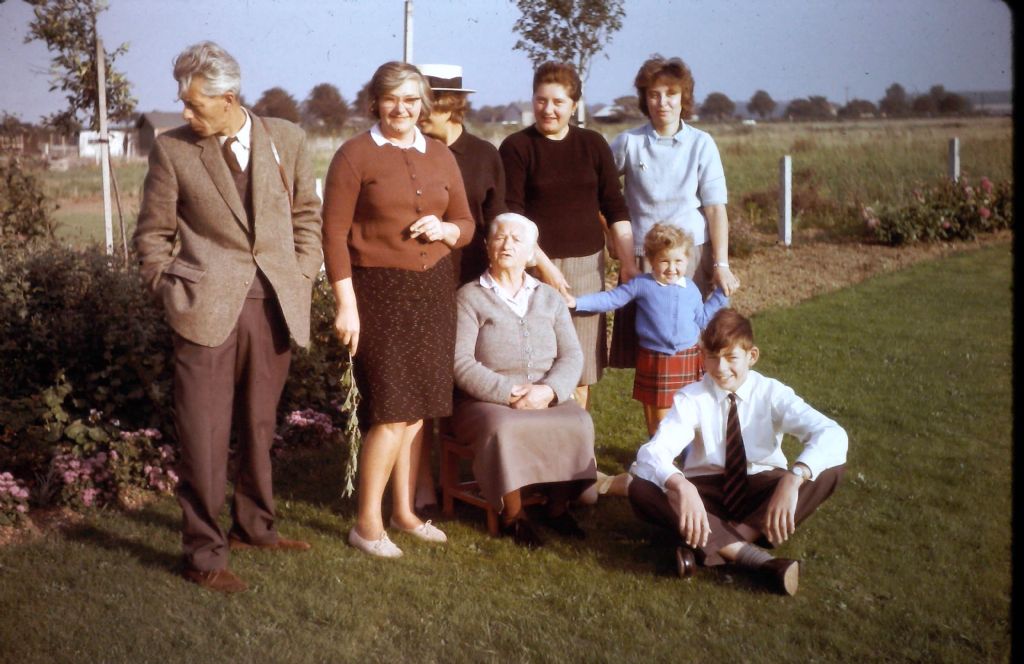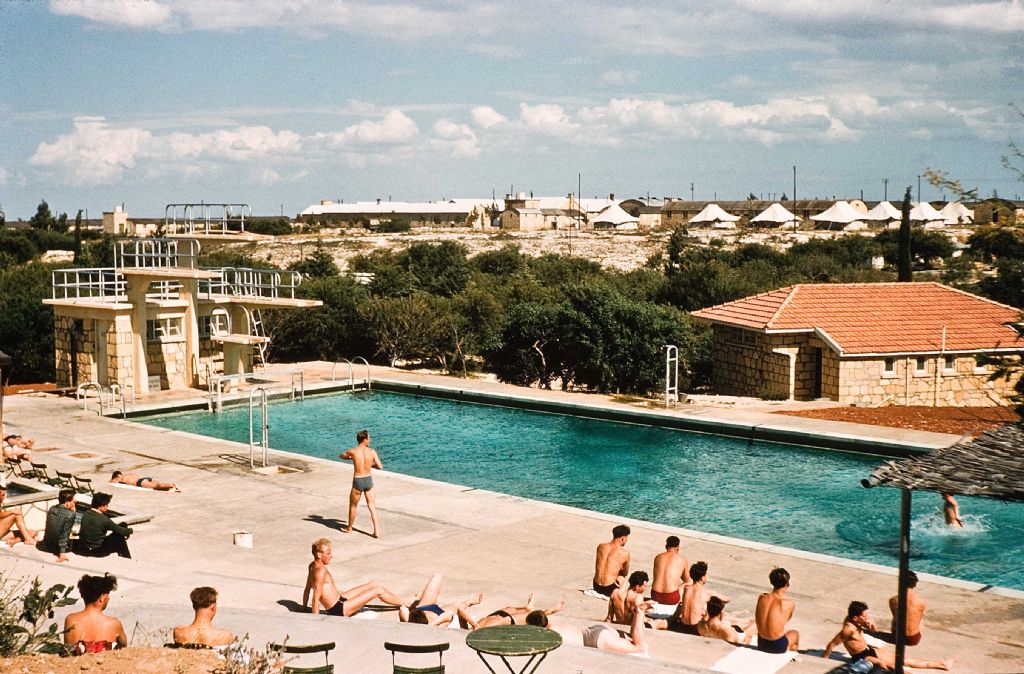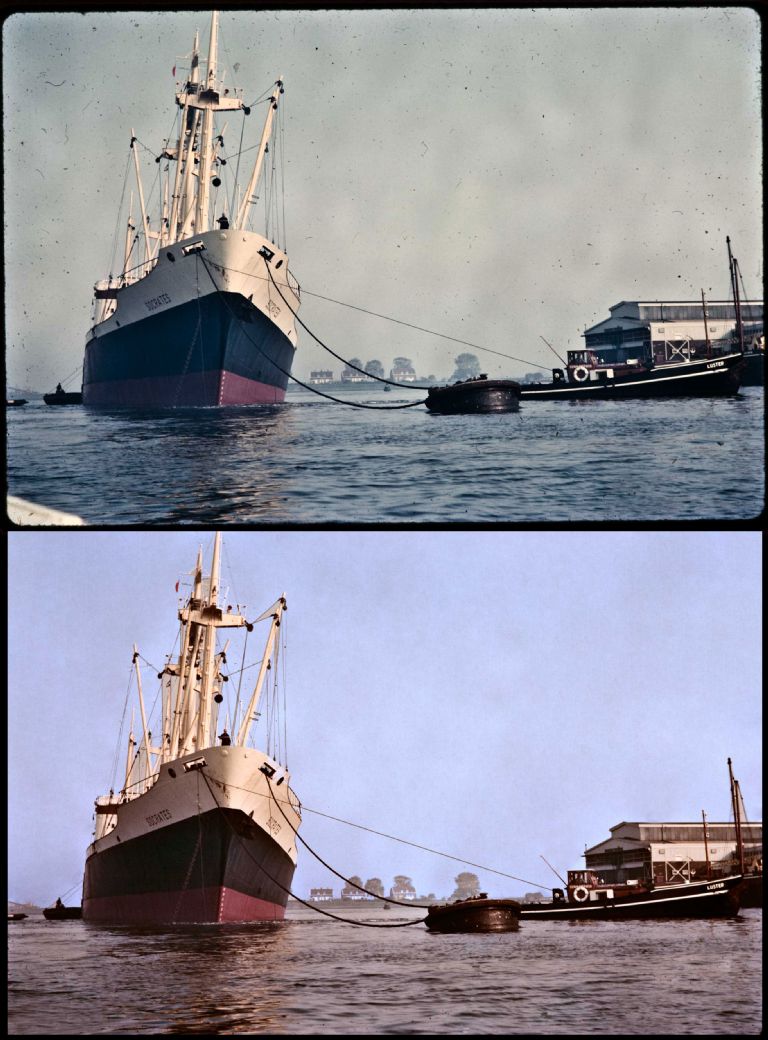When I digitised my 35mm slides, I created a lightbox using 1/8inch white faced MDF board and containing 2 x 25w candle lamps. The viewing window was a translucent screen salvaged from an old 35mm battery operated viewer. This was used to backlight the slides. My camera is not the best, it is a Canon A640 so I experimented until I found an optimum distance at which the photgraphed slide almost filled the A640 screen. I then made a chipboard adaptor to hold the camera at a set distance, and using macro mode, once focussed, I found that I could whip through about 15 or so slides very quickly. Anymore than 15 or so and the light box started to get hot.
Once loaded into the computer from the camera, I used a software programme named The Gimp. First, I used a mode to correct the barrel & pincussion distortion introduced by the camera. Then I used a crop command to remove the black borders. Next I used a colour correction mode, to overcome the obvious deficiencies in the slides. Usually I used an "auto" mode. Finally, I used a paintbrush clone mode to overwrite those areas where there was dust, hairs, or in some instances, litter on the ground!
Occasionally, I found a photograph which was too far gone to be able to be retrieved. These had to be scrapped.
I did buy one of those fancy devices which allowed you to download onto the computer, but found it very poor in that the back lighting appeared to be a single source in the centre of the photographing area. This produced too much light in the centre of the downloaded copy which was not acceptable. The method outlined above, although not without deficencies caused by the camera, was overall much better.
Peter G. Shaw
Edited By Peter G. Shaw on 22/10/2021 21:18:40
2nd edit.
Guess what, I've more or less repeated what I sadi in the thread Nick has referred to. Sorry about that.
Edited By Peter G. Shaw on 22/10/2021 21:26:09
Andy Carlson.








